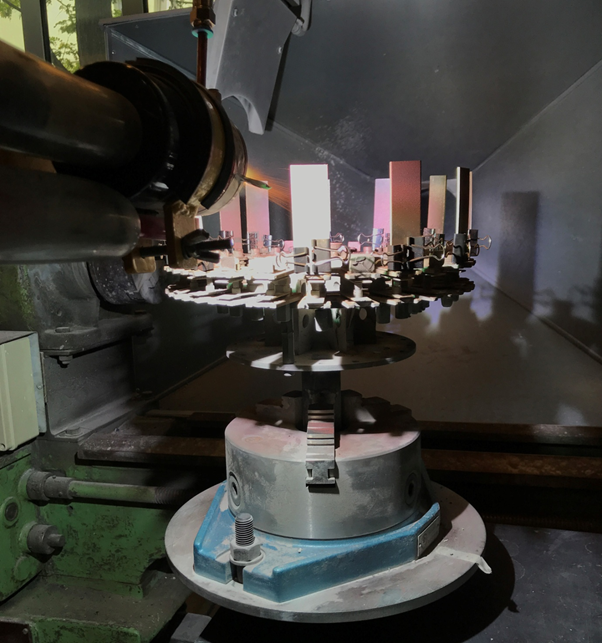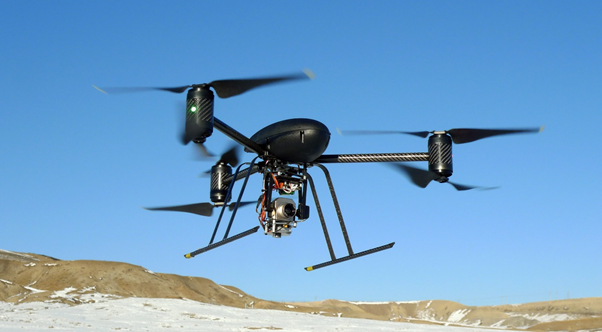In the industrial manufacturing business, there are many different types of spraying processes that are used by several companies. The most common one that you’ll find a lot of industrial businesses use is the plasma spraying process. Why? Due to its versatility, the plasma spraying process can be used on several coating materials because of the particularly high temperature used.

Image Credit
Yet, do we fully understand what the plasma spraying process involves? Let’s take a look.
Plasma spray
This is a thermal spray covering process used to create a high-quality coating with an amalgamation of four things: a high energy heat source, a slow spraying channel, high particle speeds, and, of course, a high temperature.
Plasma is the term used to describe gas, which has been elevated to such a high temperature, and it ionizes and effectively becomes electrically conductive. The use of plasma spraying technology permits the spraying of almost any metallic or ceramic onto a wide range of materials with remarkable bond strength, while diminishing bending of the substrate.
However, the process can be achieved by using a mixture of different methods. Along with plasma spraying, these involve, HVOF (High Velocity Oxy-fuel Spraying), electric arc spraying, and wire spray. A full description of each method can be researched via the Thermal Spraying and Surface Engineering Association, and more about arc spraying can be found via Open University Science Technology Department.

Image Credit
Next, we’ll take a look at how materials can benefit from the plasma spraying process.
Benefits
With a great ability to spray an extensive range of materials, plasma spraying is perfect for metals and refractory ceramics. The benefits of this type of spraying include:
• Protection from corrosion
• Resistance from wear and tear
• Clearance control of both abrasives and abradables
• Resistance from heat and oxidation
• Temperature management
• Electrical resistivity and conductivity
Materials and function
As the plasma spraying process is extremely versatile, it’s chosen by many engineers, since it offers the broadest choice of coating materials:
• Alloys of iron, cobalt, and nickel, due to the process being a true welding method
• Higher melting point materials, such as tungsten and chromium carbides, stellite, and alumina (aluminum oxide)
• For protection from high temperature, zirconia is used, which is alleviated Yttrium (III) Oxide, Methylglyoxal of Calcium Oxide.
• For wear resistance, Chrome Oxide ceramic is sprayed onto printing rolls for easier laser engraving.
• A downhole tool is used to achieve erosion and abrasion resistance.
For more information about the process of plasma spraying, you can visit https://www.poeton.co.uk/standard-treatments/plasma-coatings/
So, there you have it. Plasma spraying is extremely versatile on a number of different types of material, making it the preferred option for engineers and technologists around the world. With its capability to reduce abrasiveness, surface fatigue, and also to salvage worn out parts, the process is clearly a reliable choice for many substances and one that provides excellent results every time.




















